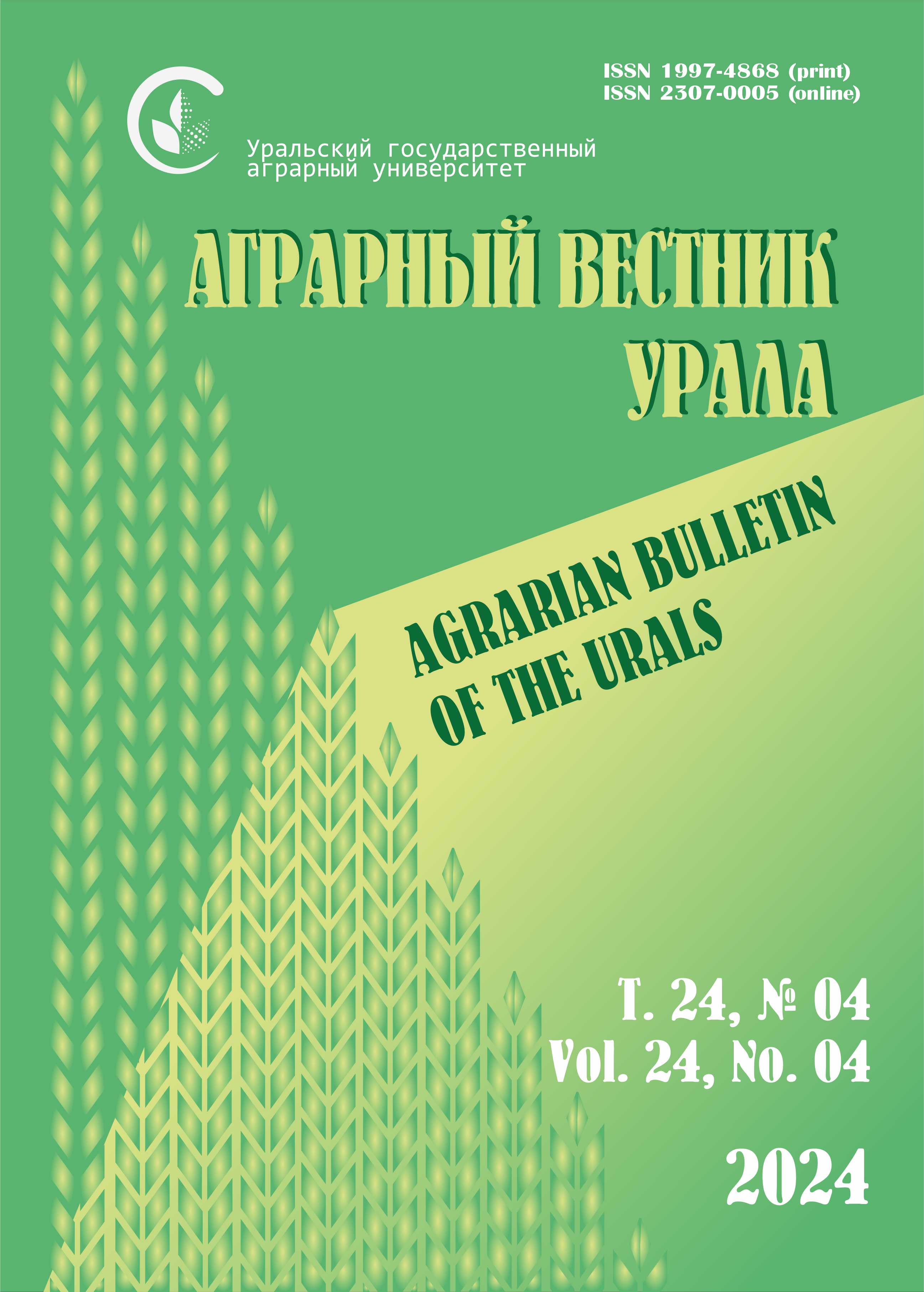Аuthors: YU. G. BAIKENOVA, senior lecturer,
YU. L. BAYKIN, candidate of agricultural sciences, associate professor, head of department,
Ural State Agricultural University (42 K. Libknehta Str., 620075, Ekaterinburg; tel: +7 (343) 371-33-63)
Abstract: The recultivational methods of soils of different taxonomics contaminated with heavy metals (HM) were studied. In the ex- periments the high level of heavy metals (Zn; Cu; Pb; Cd) soil pollution was simulated. Article features of the studied eco- geochemical technologies of soil recultivation (ETSR), lies in the fact that they are aimed at strengthening the natural soil geochemical barriers. We studied two technologies: ETSR-1 — diatomite was added to the soil in an amount of 1 % by weight of the soil as recultivant; ETSR-2 — superphosphate in dose 500 mg/kg of soil. As test crops barley, corn and wheat were grown. The results showed that the most toxic effects of HM pollution were showed on humus-poor sod-podzolic and gray forest soils. In the first year of studies the plants without soil recultivation died. The introduction of the sorbent was more ef- fective then other tested technologies. On chernozemic soils efficiency of both technologies was practically identical. In the first year the content of mobile forms of HM in low-humus soils exceeded the MPC in 9–15 times. In chernozemic soils the quantity of HM mobile forms was 1.5–2 times lower. In subsequent years, their content in the soil decreased by the removal of these elements by plants and soil absorption complex binding. At the same time, the chernozemic soils had kept the advantages. However, despite the significant reduction in HM concentrations still exceeds the MPC. Recultivants reduce the amount of mobile heavy metals forms in soils, but their remaining quantity is high and exceeds the MPC. The high level of soil contamination with HM promoted their entering into plants and accumulates in harmful amounts. High protective properties of chernozemic soil and applied technologies provided the product with a lower concentration of HM, but their quantity exceeded the maximum permissible concentration of toxicants.
Keywords: soil, heavy metals, pollution of soils, ecogeochemical recultivation of soils, crops, the maximum permissible concentration.











